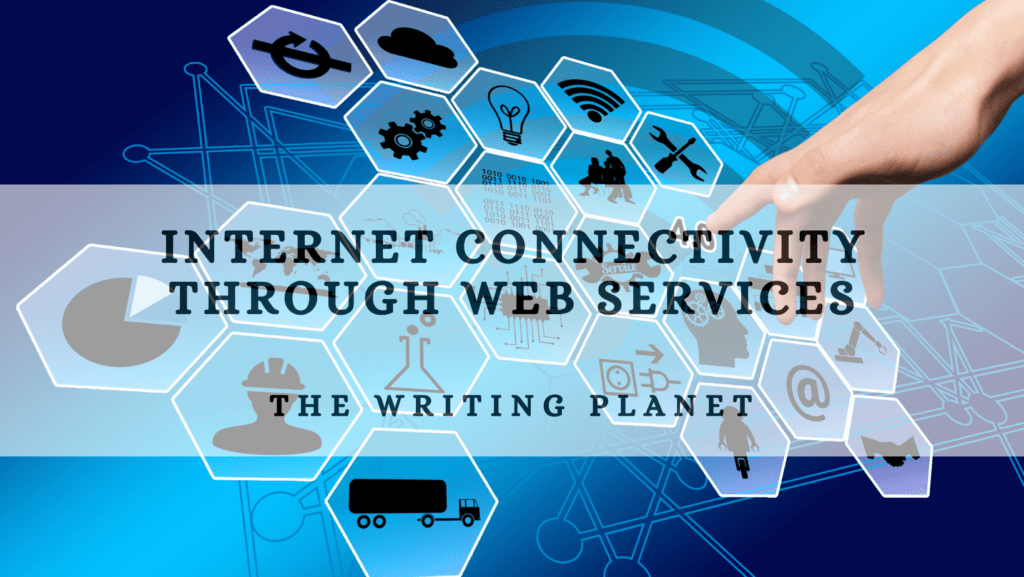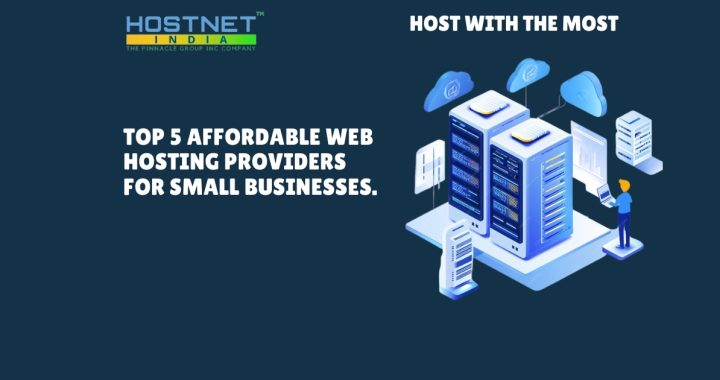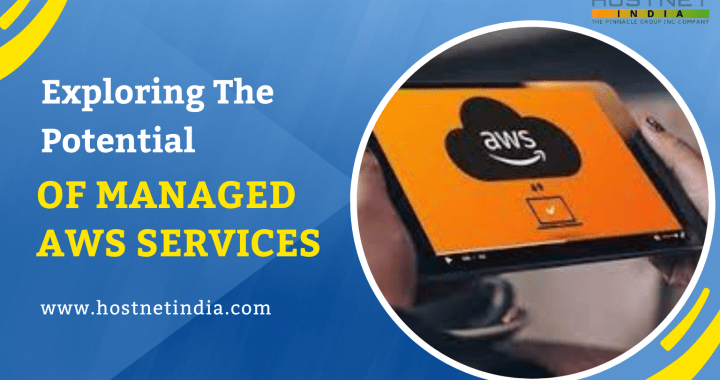Internet Connectivity Through Web Services

Now the Internet connectivity is growing day by day. Prior the connectivity was limited just to the computers that were using some software and hardware technologies. However, this limited functionality was deficient in fulfilling the ever-growing demands. There was the requirement of such a system to allot inter-format communications. We can say that the communications should be self-governing of the Programming Languages and Operating Systems. To address this problem started the theory of web services.
Web services:
A web service has a list of processes and methods that can be used by any of the applications irrespective of the programming languages, Operating systems, hardware used to develop them. Any application can access the functionality given by the web service, and such functionality is called web schemes or web APIs.
A web service allows communication via internet standards XML and HTTP. Thus, I can say that any computer with access to the internet can have access to the web service. When the web administration is conveyed on the internet, it very well may be utilized by any of the clients utilizing HTTP and XML. There can be a web service that provides any person’s details based on its social security number. This service can be easily available to any customers who want to access it.
Accessing WebServices:
WebServices are explained as reusable web-based applications that can access by different device platforms and operating systems. HTTP and XML is the main platform of web services.
It is a patterned form of integrating web applications using web service criteria and protocols for developing and accessing web services such as SOAP, XML, UDDI, and WSDL. XML is used to format the data regained by the protocol, and SOAP is used to give the data. WSDL defines the availability of web services, and UDDI gives the list of possible services.

Different Types of Web Services?
There are a few main varieties of web services: like SOAP, XML-RPC, REST and UDDI:
SOAP:
SOAP stands for Simple Object Access Protocol. It is an XML-based Web service protocol to switch documents and data over HTTP or SMTP (Simple Mail Transfer Protocol). It permits free cycles working on divergent frameworks to communicate using XML.
XML-RPC:
PRC stands for Remote Procedure Call and is the most fundamental XML protocol to switch data between a wide kinds of device on a network. It also uses HTTP to speedily and easily send data and communication other information from customer to server.
UDDI:
UDDI stands for Universal Description, Discovery, and Integration; It is an XML-based standard for describing, publishing and creating web services. It is an internet registry for businesses throughout the world. The main aim is to streamline digital sales and e-commerce between company systems.
REST:
Rest API develops communication between devices and performs the connectivity through the internet for API-based tasks. Most RESTful assistance uses HTTPs as the helping protocol.
Here are some popular web services that use markup languages:
- Web template
- JSON-RPC
- JSON-WSP
- Web Services Description Language (WSDL)
- Services Conversation Language (WSCL)
- Web Services Flow Language (WSFL)
- Web Services Metadata Exchange (WS-Metadata Exchange)
- XML Interface for Network Services (XINS)

Similarities among Web Services and APIs:
- Both are access through HTTP/HTTPS to empower correspondence between specialist organizations and clients.
- Both call a function, measure information, and get a reaction.
Modernized web administrations have changed the advanced scene with developed framework reconciliation and interoperability. Before progressions to web administrations, restricted and troublesome reconciliation forestalled smoothed out information trade among different innovations, organizations, merchants, and B2B tasks. Presently, web administrations offer a degree of current usefulness and less intricacy.
Differences among WebServices and APIs:
- Can host APIs within an app or IIS (Internet Information Services), but a webservice can only be hosted on IIS.
- Web services is not open-source and is utilize to comprehend JSON (JavaScript Object Notation) or XML, while APIs are open-source and just utilize for XML.
- The programming interface is a lightweight design (best for restricted transfer speed gadgets (e.g., cell phone). Web administrations are not lightweight models since they expect SOAP to send and get network information.
- Web service only uses SOAP, REST, and XML-RPC, but APIs can use any form of communication.
- APIs support Uniform Resource Locator (URL), sends/response headers, caching, versioning, content formats. Webservices only help HTTP.

Final Words:
To provide webservices, customers should know about it first, that what kind of service is that providing by the provider. Content is the main thing that describes the website service. Web service providers like The Writing Planet provide webservices, including writing content for websites to make them catchy, writing assignments related to coding.
TheWritingPlanet writes detailed documentation about Web APIs and Web Applications so the new user can understand the interface and can use it easily. The documentation explains every feature that how it is working.


 Affordable Web Hosting Providers For Small Businesses
Affordable Web Hosting Providers For Small Businesses  Exploring The Potential Of Managed AWS Services
Exploring The Potential Of Managed AWS Services  Plesk vs. cPanel: Which Control Panel is best for you in 2023?
Plesk vs. cPanel: Which Control Panel is best for you in 2023?  Limitations of Shared Hosting and Reseller Hosting
Limitations of Shared Hosting and Reseller Hosting  The Advantages of Managed Web Hosting: Is It Worth the Investment.
The Advantages of Managed Web Hosting: Is It Worth the Investment.  Festival of Color: Web Hosting Special HOLI OFFER 2023
Festival of Color: Web Hosting Special HOLI OFFER 2023